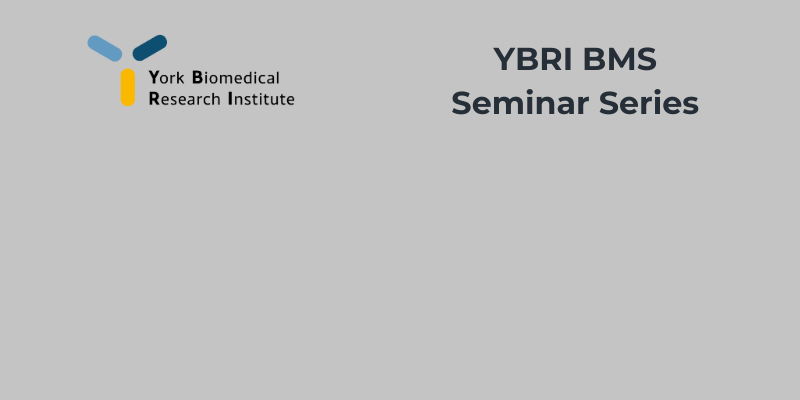
Antimicrobial resistance in the human gut microbiome Professor Willem van Schaik (University of Birmingham) introduces his work on characterization of the mechanisms by which commensal bacteria evolve to become multi-drug resistant opportunistic pathogens. Hosted by Professor Marjan van der Woude.
Event details
Abstract
The human gut microbiome acts as a reservoir for antimicrobial resistance genes (ARGs), collectively known as the gut resistome. While shotgun sequencing, with either short- or long-read technologies, can determine the presence and abundance of ARGs, it remains a challenge to confidently resolve the microbial hosts of ARGs located on mobile genetic elements. We have used proximity ligation techniques, (meta3C and Hi‑C), to link bacterial genes to phylogenetic markers can be used to determine ARG-host linkage. Using Hi-C, we were able to link 87 ARGs to their hosts across four human stool samples, out of a total of 119 ARGs identified by shotgun sequencing. ARGs carried on plasmids in an Acinetobacter pittii strain that was used as a spike‑in were correctly linked to their host in all samples. We found that Hi‑C was able to link ARGs to multiple contigs in each metagenomic assembly, and the main limiting factor in identifying the bacterial hosts of the ARGs was the success of the binning process and the ability to taxonomically classify the bins. Following Hi‑C analysis, hosts of ARGs were enriched by growing in media with antibiotics, isolated (n=20) and whole genome sequenced with a combination of short- and long-read techniques. Genome sequence analyses showed that these strains contained 54 ARGs in total. Of these, 9 ARGs were associated with plasmids and 45 with the chromosome, with evidence for association with Integrative Conjugative Elements for 21 of these. While there was overlap between culture-based and Hi-C approaches, both methodologies also identified ARG-host links that were not uncovered by the alternative approach, highlighting the complementarity of Hi-C and culture-based approaches to fully characterise the gut resistome. Currently, we are implementing long-read metagenomic sequencing to improve the contiguity of our metagenomic assembly, thus allowing improved taxonomic assignment of the hosts of ARGs, and we are exploring the role of bacteriophages in transferring antibiotic resistance genes between microbes in the gut. In addition, ongoing research in the gut-dwelling Gram-positive Enterococcus faecium will be discussed, highlighting the complex evolutionary pathways that can lead to gain and loss of vancomycin resistance in this pathobiont.
About the speaker

Professor Willem van Schaik
Willem van Schaik is Professor of Microbiology and Infection in the Institute of Microbiology and Infection (IMI) and is Director of IMI.
He has published more than 80 papers in the field of molecular microbiology, the human microbiome and antibiotic resistance. He has received major grants from BBSRC, the European Commission , the Joint Programming Initiative on Antimicrobial Resistance (JPIAMR) and The Royal Society. His main research interests are the characterization of the mechanisms by which commensal bacteria evolve to become multi-drug resistant opportunistic pathogens and the analysis of the reservoir of antibiotic resistance genes (‘the resistome’) in complex microbial ecosystems.